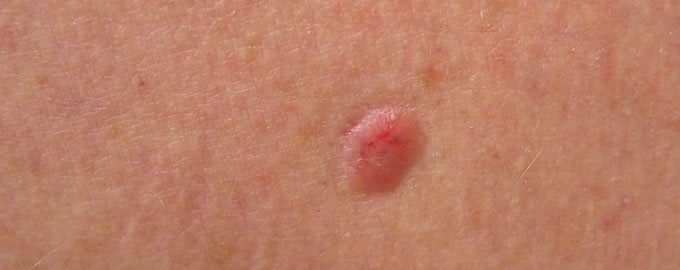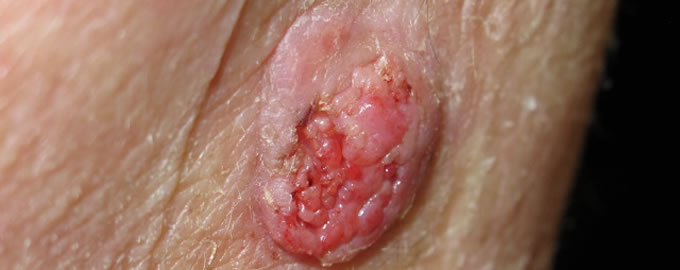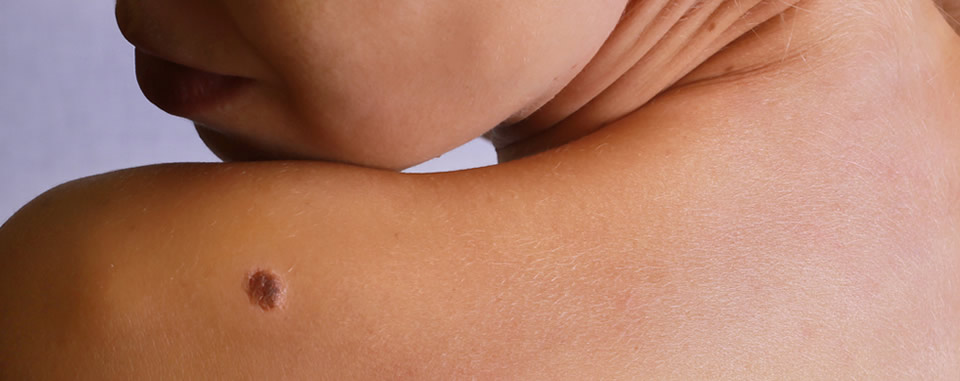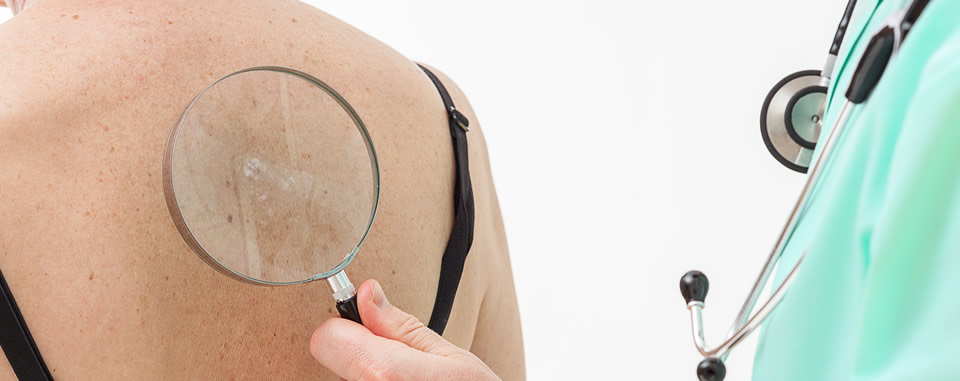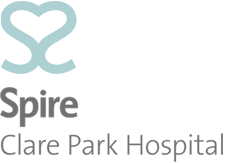Melanoma
Cutaneous malignant melanoma is a cancer of the pigment cells of the skin. If it is treated early, the outlook is usually good. It is not contagious.
The word 'melanoma' comes from the Greek word 'melas', meaning black. Melanin is the dark pigment that gives the skin its natural colour. Melanin is made in the skin by pigment cells called melanocytes. After our skin is exposed to sunlight, the melanocytes make more melanin, and so the skin becomes darker.
Melanocytes sometimes grow together in harmless groups or clusters, which are known as moles. Most people have between 10 and 50 moles and often they are darker than the surrounding skin.
Melanomas can come up in or near to a mole, but can also appear on skin that looks quite normal. They develop when the skin pigment cells (melanocytes) become cancerous and multiply in an uncontrolled way. They can then invade the skin around them and may also spread to other areas such as the lymph nodes, liver and lungs.
What causes melanoma?
The most important preventable cause is exposure to too much ultraviolet light in sunlight, especially during the first 20 years of life. There is lots of evidence linking melanoma to this, and melanomas are especially common in white-skinned people who live in sunny countries. The use of artificial sources of ultraviolet light, such as sun beds, also raises the risk of getting a melanoma.
Some people are more likely to get a melanoma than others:
- People who burn easily in the sun are particularly at risk. Melanoma occurs most often in fair-skinned people who tan poorly. Often they have blond or red hair, blue or green eyes, and freckle easily. Melanomas are less common in dark-skinned people.
- Past episodes of severe sunburn, often with blisters, and particularly in childhood, increase the risk of developing a melanoma. However, not all melanomas are due to sun exposure, and some appear in areas that are normally kept covered.
- People with many (more than 50) ordinary moles, or with a very large dark hairy birthmark, have a higher than average chance of getting a melanoma.
- Some people have many unusual (atypical) moles (known as 'dysplastic naevi'). They tend to be larger than ordinary moles, to be present in large numbers, and to have irregular edges or colour patterns. The tendency to have these 'dysplastic naevi' can run in families and carries an increased risk of getting a melanoma.
- The risk is raised if another family member has had a melanoma.
- People who have already had one melanoma are at an increased risk of getting another one.
- People with a damaged immune system (e.g. as a result of an HIV infection or taking immunosuppressive drugs, perhaps after an organ transplant) have an increased chance of getting a melanoma.
About 1 in 10 of people with a melanoma have family members who have also had one. There are several reasons for this. Fair skin is inherited; dysplastic naevi can run in families, as can a tendency to have large numbers of ordinary moles.
Melanomas may not cause any symptoms at all, but tingling or itching may occur at an early stage. Some melanomas start as minor changes in the size, shape or colour of an existing mole (see below): others begin as a dark area that can look like a new mole. Later on a melanoma may feel hard and lumpy, and bleed, ooze or crust up.
All melanomas do not look the same, and there are several different types. The ABCD system (below) tells you some of the things to look out for.
A melanoma may show one or more of the following features:
Asymmetry - the two halves of the area differ in their shape.
Border - the edges of the area may be irregular or blurred, and sometimes show notches.
Colour - this may be uneven. Different shades of black, brown and pink may be seen.
Diameter - most melanomas are at least 6 mm. in diameter.
Melanomas can appear on any part of the skin but they are most common in men on the body, and in women on the legs.
BE AWARE OF UV DAMAGE
We recommend you also look at the following pages and carefully monitor your skin for signs of more serious UV related conditions.
Basal Cell Carcinoma (BCC), or skin cancer, is one of the most common kinds of cancer. It is most often found on the face, neck, hands, or other parts of the body that receive the most exposure to the sun.
There are two main categories of skin cancer: melanomas and non-melanoma skin cancers. Squamous cell carcinoma is one of the non-melanoma skin cancers.
While most people enjoy time in the sun, and exposure is vital to the creation of vitamin D, sunlight also contains harmful UV rays. Over time, the skin undergoes "photo-aging", the accumulation of minor damage to the skin due to these rays.
Most moles are benign and remain so, but it is important to keep an eye on your moles so that you notice any changes that may indicate the first signs of skin cancer.

